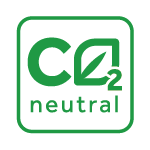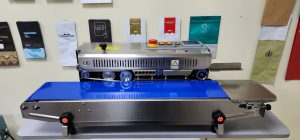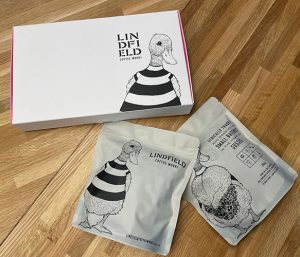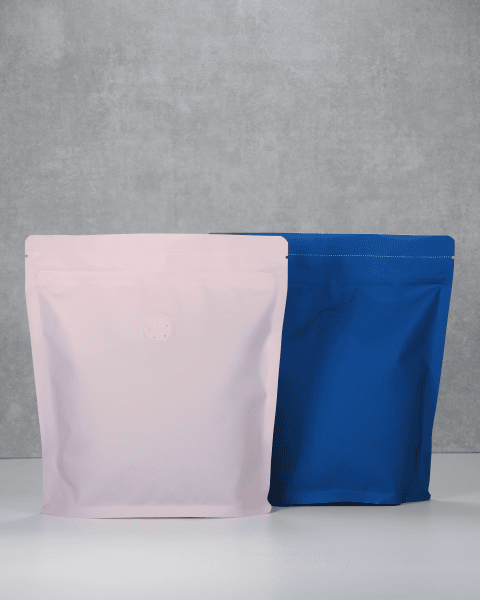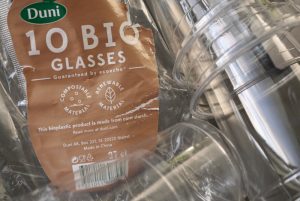Blog
Aluminium/PLA/VMPET : Which is better for coffee bag interiors?
One of the concerns about compostable, recyclable and biodegradable coffee bags is their lack of protection from moisture, oxygen and light, though it must be noted that these characteristics are also true for traditional packaging. Despite the fact that they break down more quickly than traditional plastic wrapping, there is still a concern that they do not offer sufficient protection from these elements.
In most cases, the solution is an interior lining. Interior linings help reinforce sustainable materials, creating an additional barrier against external factors that can affect the quality of the coffee inside.
When it comes to interior linings, the most popular choices are aluminium foil, VMPET and polylactic acid (PLA). Aluminium foil is one of the most abundant raw materials on earth, VMPET is a vacuum metallized film with a thin layer of Aluminium on a PET film substrate, while PLA is a bioplastic made from renewable resources.
Although all three are highly effective as additional barriers for sustainable packaging materials, each one comes with its own set of pros and cons.
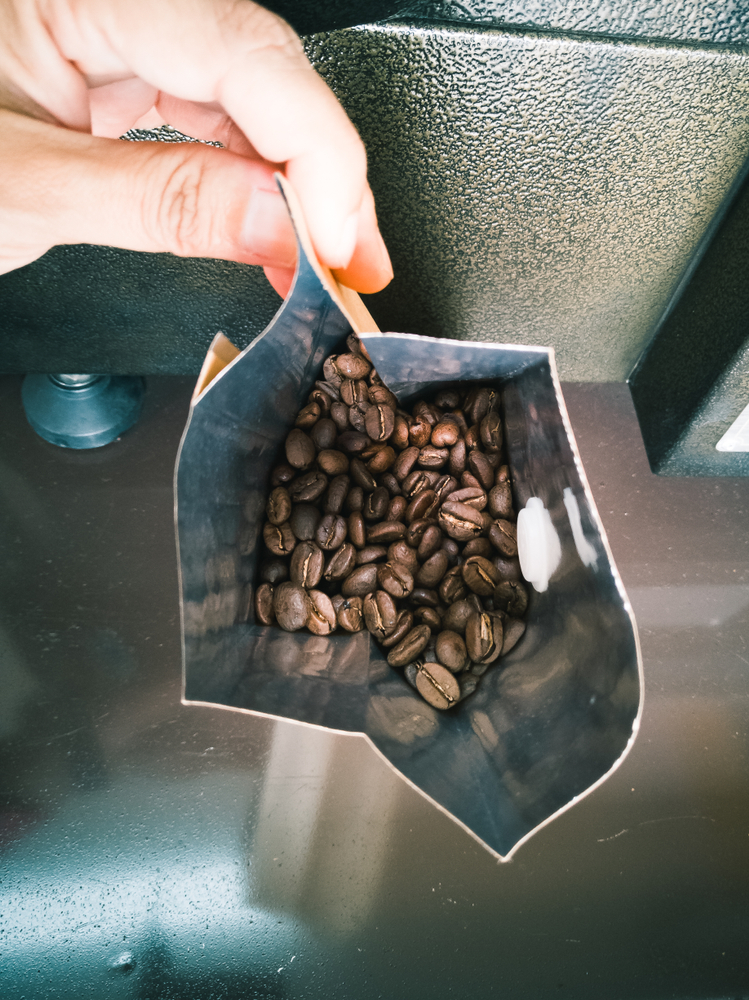
Why do coffee bags need an interior lining?
Freshness is a key factor in high-quality coffee and good packaging has to maintain that freshness after the coffee has been roasted.
Coffee has a shelf life because of four main factors – oxygen, light, moisture, and heat. If coffee is exposed to one or all of these elements for too long, it will lose its aroma and develop an unpleasant taste. Since most coffee roasters don’t want to let their stock go bad, they usually opt for flexible multilayer packaging to preserve freshness and prolong their products’ shelf lives. This type of packaging also provides the added benefit of being able to maintain high levels of product quality because it protects against external physical factors affecting the coffee’s taste over time.
Coextrusion, lamination, or various coating technologies using lightweight materials that range from plastics to metals are commonly used in coffee packaging. The most common polymers used are polylactic acid (PLA), aluminium foil and VMPET.
Aluminium lining

These days, we use aluminium foil more than we’d like to admit. Whether we’re baking a cake or making some egg rolls, many things only turn out as good as they do because of the aluminium foil layer that you can separate from the food afterwards. Not only is it physiologically harmless, but it is resistant to water, water vapour, grease, gas and fire – it reflects light, heat and UV rays – and it does not charge electronically. Moreover, it can also be painted and printed to meet the requirements of modern packaging designs.
Drawbacks
For decades, aluminium foil has been the go-to for coffee bag interiors, with around seven billion aluminum foil containers still produced annually – but they’re not without their downsides.
One of the main issues with coffee packaging is the Recyclability. For traditional three layer bags, the Aluminium must be separated from the other layers before melting to be reused. This is not easy to achieve and coffee packaging must be sent to a specialised recycling facility.
Most of the customers are unaware or they don’t care too much and most of the coffee packaging will end up in landfill.
PLA lining
PLA is made from renewable raw ingredients. It is in turn made by companies who are concerned about the environment. These companies take it upon themselves to be environmentally conscious in their business dealings by making sure they take precautions in how they run their production lines to ensure minimal, if any carbon emissions are produced when manufacturing PLA.
PLA, or polylactic acid, is a bioplastic made from the fermentation of carbohydrates from renewable resources such as maize, cornstarch, and sugarcane. It is an entirely bio-sourced material that can easily break down in as little as 90 days when placed in a commercial composting environment.
According to research, PLA lined bags can protect the contents from moisture and oxygen for up to 12 months, making it a good choice for coffee that will spend long periods in transit or in storage.
VMPET
VMPET is a PET film coated with a thin layer of Aluminium. It’s superior to regular PET film in that it has enhanced barrier properties, but not as good as the Aluminium bags. These properties make it excellent for food packaging, specifically for products that require evidence of freshness or come into proximity with customers – because unlike regular plastic packaging, VMPET meets FDA requirements.
It’s the most common barrier material for coffee which doesn’t require the superior properties of the aluminium barrier.
Drawbacks
The main drawback of VMPET bags is the same as the Aluminium. They are not widely recycled and most of them will end up in landfill or in the recycling bins while not being recyclable.

